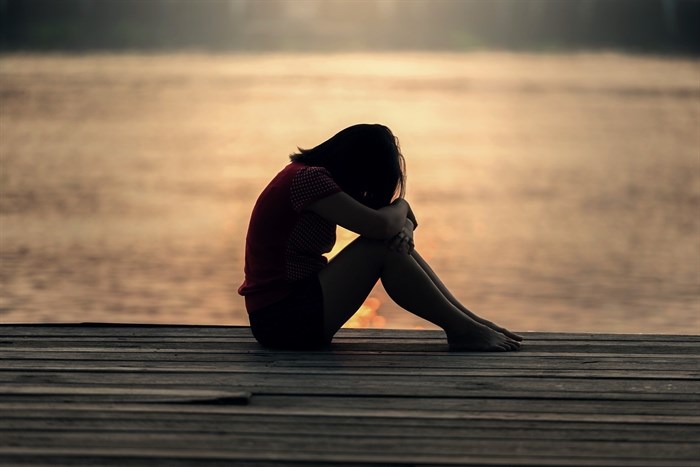
Image Credit: Pixabay
February 22, 2020 - 7:00 AM
Don’t confuse teenagers who cut themselves on purpose with those contemplating suicide.
That's a cautionary note from Annie Smith, executive director of the McCreary Centre Society who analyzed the 2018 B.C. Adolescent Health Survey.
It found that 25 per cent of Okanagan girls aged 12 to 19 admitted they had cut or injured themselves on purpose, without the intent of killing themselves. The rate in the Thompson region was 28 per cent.
For boys, the rate of self-harming is much lower at 11 per cent in the Okanagan and nine per cent in the Thompson region.
“It’s definitely alarming,” Smith told iNFOnews.ca. “We’ve seen this rise over the years. I don’t think we have a good handle on dealing with it. We’ve heard from young people that they do it as a coping mechanism. They’re doing it when they’re really struggling.
“It’s almost the opposite of a suicide attempt. They’re trying to connect. They’re trying to calm themselves down. But we often panic and we treat it as a suicide attempt so it goes more underground and they don’t want to admit they’re doing it and they don’t want to seek help when they need it.”
The survey has been done every five years since 1992 in most school districts in B.C. It’s given to students in Grades 7 to 12. In 2018, 38,000 students aged 12 to 19 responded.
Kamloops and the Okanagan are covered in separate regional reports that were released Thursday. They cover 10 school districts from Osoyoos to the Cariboo-Chilcotin.
In addition, it found that 19 per cent of students in both regions had seriously considered suicide in the last year while six per cent attempted suicide.
The rates for cutting and considering suicide are on par with the provincial average.
The survey also shows an increase in mental illness.
For example, in the Okanagan, 19 per cent reported anxiety disorder or panic attacks, up from 12 per cent in 2013. In the Thompson region, the rate jumped to 23 per cent from 10 per cent five years earlier.
Reports of depression showed a similar increase over that five-year period.
Plus, during that time frame, there was an almost identical increase in the percentage of teenagers who did not seek help for their mental illness.
“At a time when more Okanagan youth are reporting conditions such as Anxiety Disorder, Depression and PTSD, it is concerning that 1 in 5 did not get mental health care that they felt they needed,” Smith said in a news release accompanying the Okanagan report. “It is particularly worrying that for 62 per cent of the youth who missed out on care, a primary reason was not wanting their parents to know.”
In the Thompson region, 18 per cent did not seek help.
The full reports can be found here.
To contact a reporter for this story, email Rob Munro or call 250-808-0143 or email the editor. You can also submit photos, videos or news tips to the newsroom and be entered to win a monthly prize draw.
We welcome your comments and opinions on our stories but play nice. We won't censor or delete comments unless they contain off-topic statements or links, unnecessary vulgarity, false facts, spam or obviously fake profiles. If you have any concerns about what you see in comments, email the editor in the link above.
News from © iNFOnews, 2020